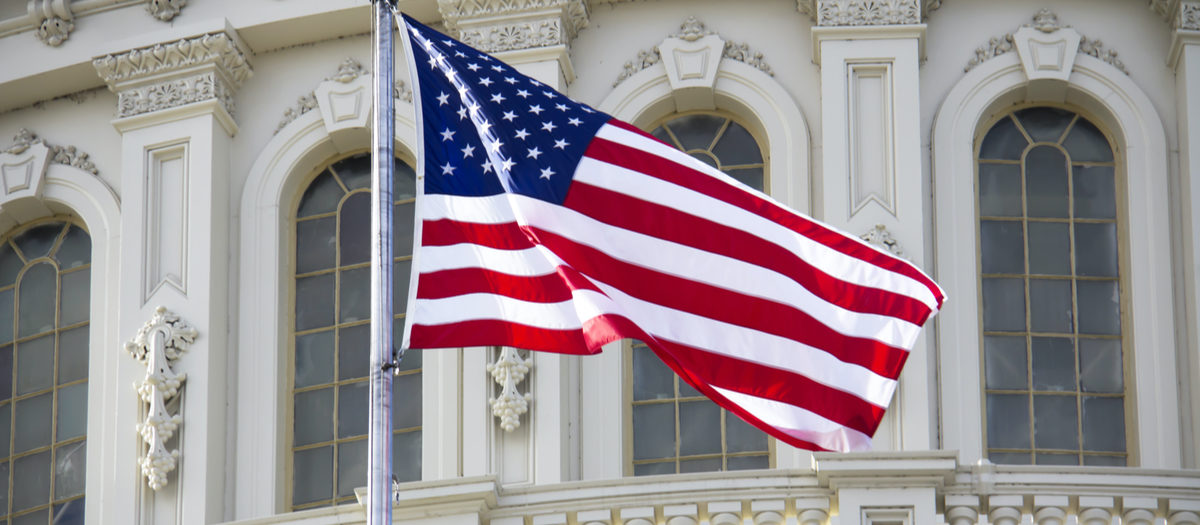
The “Rule of Lenity” in D.C.
According to the “Rule of Lenity,” a court should construe any ambiguity in the language of a criminal statute in favor of the defendant. The stakes in a criminal case are high. The thinking behind this rule of statutory construction – also known as the “rule of strict construction” — is that you want to be ensure that the legislature really intended to proscribe the conduct in question before you upend a person’s life with a criminal conviction.
In two recent opinions, the D.C. Court of Appeals cases has interpreted application of this rule in the nation’s capitol. In In re Willie Richardson, __ A.3d. __ (D.C. 2022), for example, the appellant sought to apply the principle to a case in which he argued that four Facebook messages he sent in violation of a temporary protection order (TPO) constituted one criminal offense, not four.
The Court described the current state of the law in D.C. as follows:
The rule of lenity states that criminal statutes should be strictly construed and that ambiguities should be resolved in favor of the defendant. However, this rule of statutory construction is triggered only if we can first say that a given statute’s language, structure, purpose and legistative leaves its meaning genuinely in doubt. (Internal citations and quotations omitted.)
The D.C. Court of Appeals described the rule in similar fashion in a more recent case, Craig Lee v. United States, 276 A.3d 12 (D.C. 2022):
The rule of lenity is only used to resolve ambiguity in penal statutes. The rule . . . can tip the balance in favor of criminal defendants only where, exclusive of the rule, a penal statute’s language, structure, purpose and legislative history leave its meaning genuinely in doubt. Importantly, the rule is a secondary canon of construction, and is to be invoked only where the statutory language, structure, purpose, and history leave the intent of the legislature in genuine doubt. (Internal citations and quotations omitted.).
In both cases, the Court found that the rule did not apply.
Justice Brett Kavanaugh also weighed in as part of his concurrence in Shular v. United States, 140 S.Ct. 779, 789 (2020). The courts must first use, he wrote, “all of the traditional tools of statutory interpretation.” Only then, if the statute remains “grievously ambiguous [such] that the court can make no more than a guess as to what the statute means,” will the rule of lenity apply.
